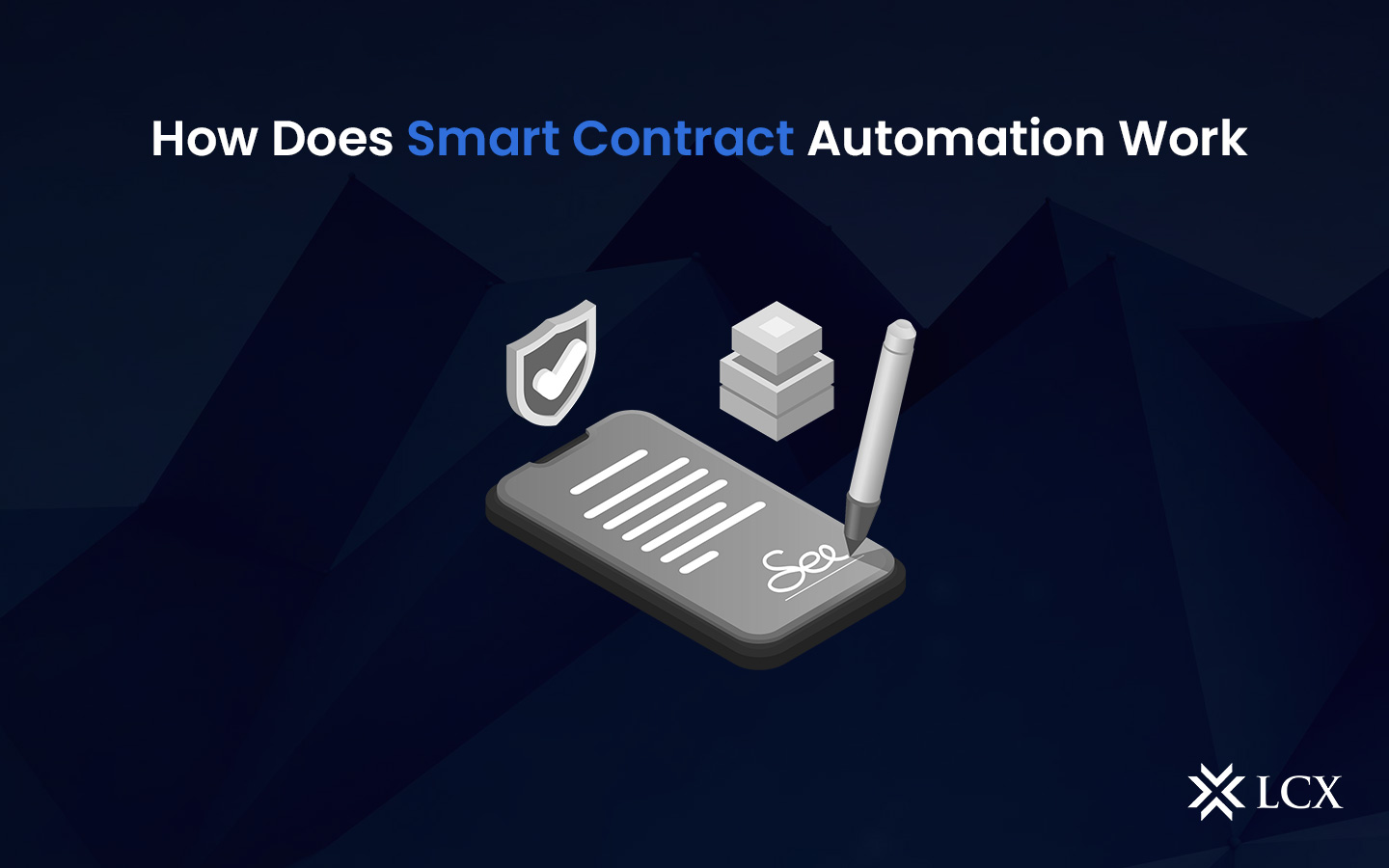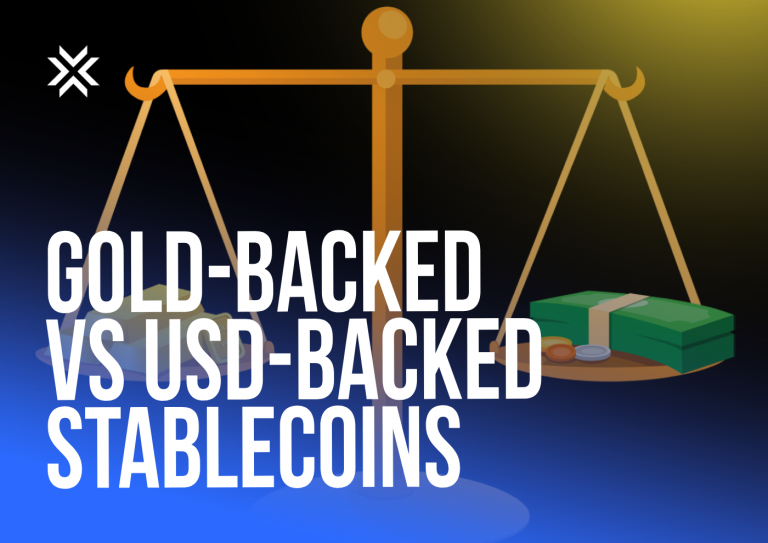In the dynamic world of blockchain technology, smart contracts have emerged as a revolutionary innovation, transforming the way agreements and transactions are executed. These self-executing contracts are not only streamlining processes but also enhancing security and reducing the need for intermediaries. At the heart of this transformation lies the concept of smart contract automation.
Understanding Smart Contracts: A Brief Overview
Smart contracts are digital protocols that automatically execute, enforce or verify the terms of a contract. Built on blockchain technology, these contracts are tamper-proof, transparent, and irreversible once deployed. They contain a set of predefined rules and conditions that, when met, trigger the contract’s execution without the need for manual intervention.
What Is Smart Contract Automation?
Smart contracts on blockchains are deterministic programs. They include code that states, “If x event occurs, then activate y action.” Smart contracts, on the other hand, are not self-executing, meaning that their code will not execute and cause state changes on a blockchain unless triggered by an on-chain transaction. The external transaction functions as a “poke” to initiate the smart contract’s logic, similar to how clicking a mouse would launch a computer program.
In certain instances, end-users invoke on-chain functions directly through their own smart contract interactions. In a decentralized money market, for instance, when a user requests a loan, their transaction to borrow tokens against their collateral directly activates the execution of the loan issuance function. This function determines the maximum loanable amount for the user and sends tokens borrowed to their address. However, there are a number of instances in which they must execute on-chain operations to maintain the protocol’s health and utility — without direct user input.
The Core Components of Smart Contract Automation
Digitalization of Agreements: Traditional contracts are often paper-based, leading to delays, disputes, and costly legal proceedings. It automates this process by converting contractual clauses into code. These codes are then stored on a blockchain, ensuring that all parties have access to the same version of the contract.
Decentralized Storage: Unlike centralized systems where data is stored on a single server, they utilize blockchain’s decentralized nature. This means that the contract’s code and data are duplicated across multiple nodes on the network, ensuring data integrity and security.
Predefined Conditions: They are programmed with specific conditions that need to be met for execution. These conditions are written using programming languages like Solidity (for Ethereum) or other blockchain-specific languages. For instance, in a supply chain scenario, a smart contract could be programmed to release payment to a supplier automatically once the shipment reaches its destination and passes a quality check.
Triggering Mechanisms: They are triggered by events. These events can be external (like a payment received) or internal (like a specific date and time). Once an event aligns with the predefined conditions, the contract automatically executes the associated actions.
Autonomous Execution: The most significant aspect of smart contract automation is that it operates autonomously. There’s no need for intermediaries or manual intervention. This not only saves time and costs but also minimizes the potential for human error and bias.
Role of Keepers in Smart Contract Automation
Keepers are externally-owned accounts (EOAs) that are rewarded for activating the execution of them based on predefined parameters. A development team, DAO, or protocol users establish conditions in tasks and submit them to a keeper network along with rewards contingent on keeper performance. Typically, smart contract automation conditions are time- or event-based (e.g., activate y function only when the asset’s price exceeds a certain threshold).
Keepers are automation bots for smart contracts that execute transactions when certain predefined conditions are satisfied. Frequently, the keeper will use off-chain compute to execute the same smart contract function that it will ultimately invoke on-chain. When the function returns true, the custodian invokes it on-chain by executing a transaction on-chain. When the function is invoked, the protocol’s smart contract can verify the conditions on-chain prior to changing the state, thereby helping to ensure that the guardian is accurate. Consequently, they only execute on blockchains when required and within well-defined parameters.
The Workflow of Smart Contract Automation
Let’s walk through a simplified example to understand the workflow of smart contract automation:
Contract Initialization: Parties involved agree to the terms of the contract, which are then converted into code by a developer. The smart contract is deployed onto the chosen blockchain.
Event Occurrence: An event specified in the contract’s conditions takes place. This could be a payment made, a shipment received, a temperature threshold reached, or any other predefined trigger.
Condition Verification: The smart contract’s code checks whether the conditions programmed into it have been met. For instance, if the event is the receipt of a shipment, the conditions could involve verifying the shipment’s authenticity and quality.
Auto Execution: If the conditions are satisfied, the smart contract automatically executes the predefined actions. In our example, it might release payment to the supplier.
Transparency and Immutability: The executed contract and its outcomes are recorded on the blockchain, visible to all parties involved. This transparency prevents disputes and builds trust. Additionally, the immutable nature of the blockchain ensures that once a transaction is recorded, it cannot be altered.
Benefits of Smart Contract Automation
Efficiency: Manual contract management involves time-consuming tasks like document handling, verification, and enforcement. Smart contracts automate these processes, saving time and reducing administrative overhead.
Accuracy: Automation eliminates the potential for human error, ensuring that contracts are executed precisely as programmed.
Cost Reduction: With intermediaries removed, transactional costs decrease significantly. Legal and administrative costs associated with dispute resolution also decrease due to the transparent and self-executing nature of smart contracts.
Speed: Traditional contract processes can be sluggish. Smart contracts, on the other hand, operate in real-time as soon as triggering conditions are met.
Trust and Transparency: The decentralized nature of blockchain and the transparency of smart contracts foster trust among parties, as all actions are recorded and visible to all stakeholders.
Challenges and Future Implications
While smart contract automation holds immense promise, challenges remain. The irreversible nature of executed contracts means that errors, once made, cannot be undone. Additionally, the complexity of coding and potential vulnerabilities in smart contract platforms could lead to security breaches.
Looking ahead, advancements in blockchain technology, coupled with increased awareness and education about smart contracts, are likely to drive widespread adoption. As more industries embrace this innovation, we can expect traditional processes to be replaced with more efficient, transparent, and secure smart contract solutions.
Conclusion
Smart contract automation is reshaping industries by introducing efficiency, transparency, and trust into contractual agreements. Through predefined conditions, triggering mechanisms, and autonomous execution, smart contracts streamline processes while eliminating the need for intermediaries. As this technology matures and gains wider acceptance, its potential to revolutionize industries and reshape business operations is truly exciting. Whether it’s supply chain management, finance, real estate, or healthcare, smart contract automation is poised to be a cornerstone of the blockchain revolution, propelling us into a more automated and decentralized future.










